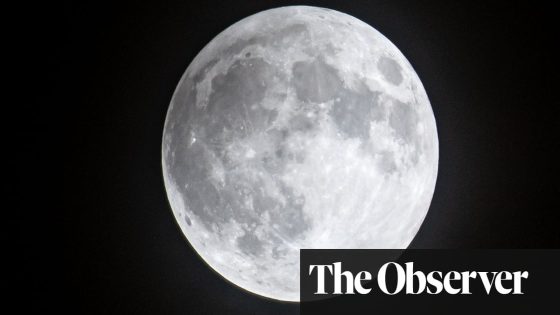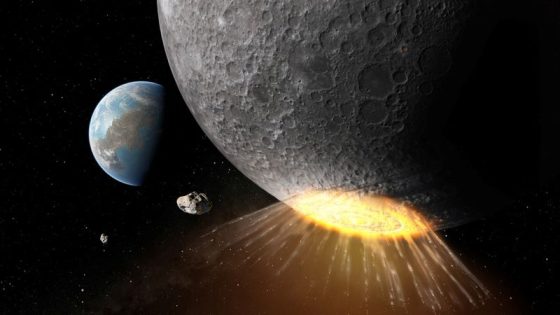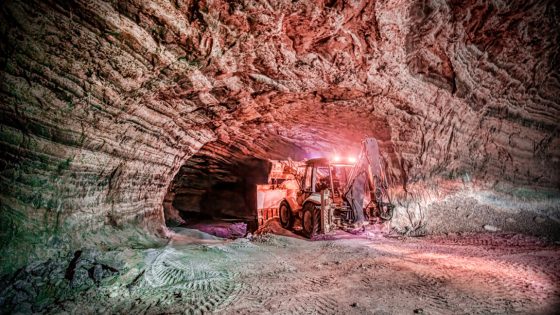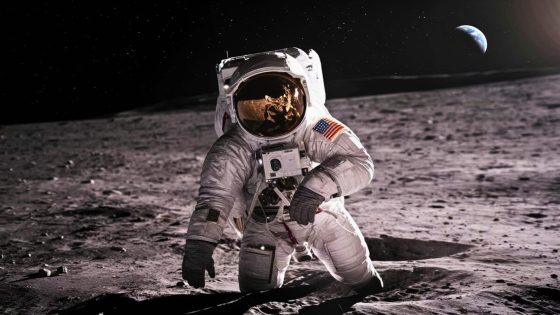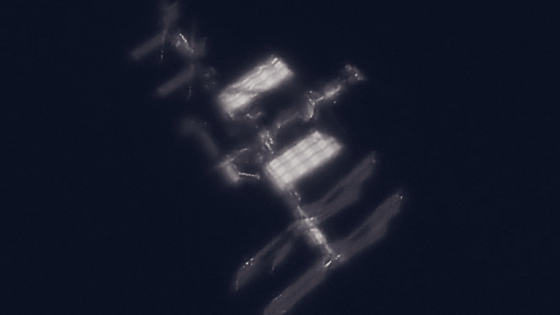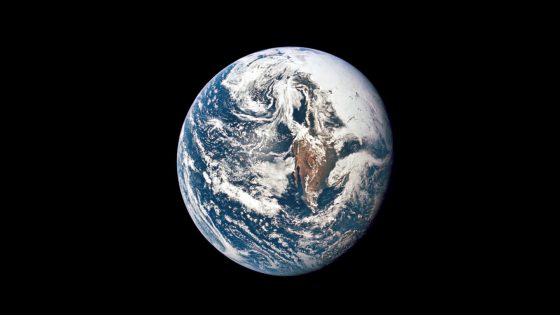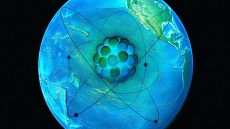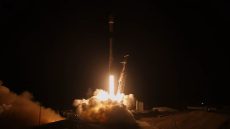Space engineers are gearing up for an exciting mission to map water on the moon. Scheduled for launch on Thursday, February 22, 2025, the Lunar Trailblazer probe, developed by UK and US researchers, aims to uncover the moon’s hidden water resources. Could this mission change our understanding of lunar exploration?
- Lunar Trailblazer to map water on moon
- Mission duration: two years, starting Thursday
- Water's role in lunar colonization emphasized
- Instruments include infrared scanner and thermal mapper
- Evidence of lunar water found in craters
- Multiple spacecraft launching alongside Lunar Trailblazer
Exploring Lunar Water: Why It Matters for Future Missions
Why is mapping water on the moon so important? As scientists discover more about the moon’s resources, understanding the presence of water could be key to establishing human colonies. Water can be converted into hydrogen and oxygen, providing essential fuel and breathable air for astronauts. This mission could pave the way for sustainable lunar exploration.
How Lunar Trailblazer Will Map Water on the Moon
The Lunar Trailblazer is equipped with advanced instruments designed to detect water on the lunar surface. Here’s how it will work:
- The probe carries an infrared scanner to identify water and geological features.
- A thermal mapper, developed by a team at Oxford University, will provide detailed heat images.
- These instruments will work together to create a comprehensive map of lunar water.
- The mission will last two years, offering valuable insights into the moon’s water distribution.
Understanding the Moon’s Water Cycle: What We Know
Scientists believe the moon may have a unique water cycle, different from Earth’s. Recent studies suggest water could arrive via comets or meteorites, or form through chemical reactions in lunar soil. Understanding this cycle is crucial for future lunar missions and could inform our knowledge about other celestial bodies.
The Role of Lunar Water in Future Colonization Efforts
Water on the moon could significantly impact human colonization efforts. It can be transformed into essential resources, making long-term habitation more feasible. The Lunar Trailblazer mission will help scientists understand how water behaves on the moon, which is vital for planning future manned missions.
In conclusion, the Lunar Trailblazer mission represents a significant step in lunar exploration. By mapping water on the moon, we could unlock new possibilities for human presence beyond Earth. As we learn more about our celestial neighbor, who knows what other discoveries await?



